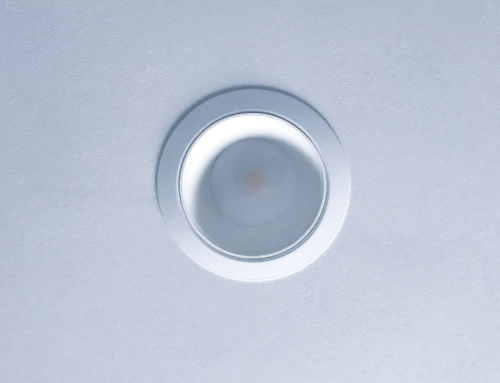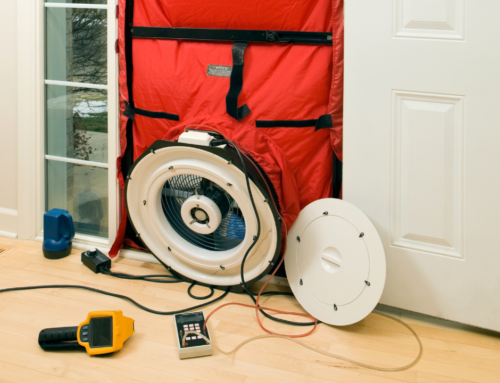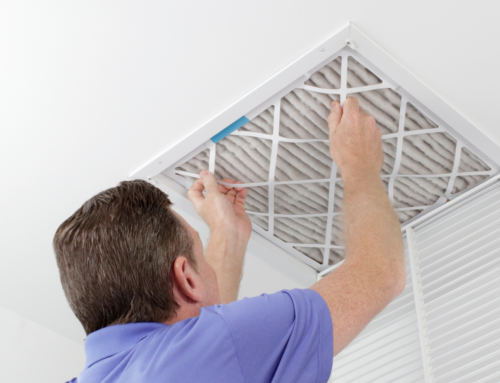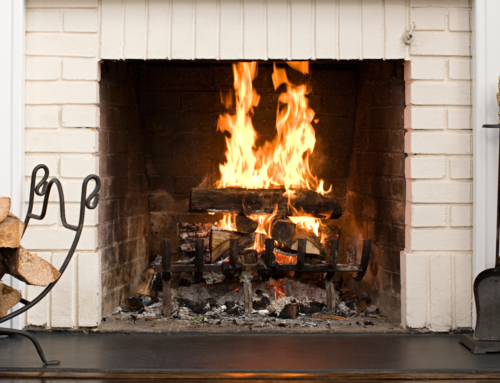 Attic knee walls are not usually even noticed…that is, until the homeowner experiences a great deal of discomfort in any rooms with knee walls. While they can be called by a number of different names, what we mean by an attic knee wall is any wall that separates the living area from attic space.
Attic knee walls are not usually even noticed…that is, until the homeowner experiences a great deal of discomfort in any rooms with knee walls. While they can be called by a number of different names, what we mean by an attic knee wall is any wall that separates the living area from attic space.
If the other side of that wall you’re looking at is in the attic, then it’s a knee wall. If it’s outside, or in the garage, or in another conditioned room, then it’s not a knee wall. They can indeed be as short as knee-high, or as high as the other walls in the room, or even higher than them, so long as the other side is in the attic.
Because of this great variation in what a knee wall can actually be, it is especially critical to examine these walls before drywall goes up. Knee walls can be problematic in Bonus Rooms, and can be better-performing with properly-vented attics, both facts testifying to how important it is to look at the house as a whole system.
There are a number of factors we look for to ensure long-term comfort for the homeowners, but we’re particularly interested in the wall penetrations, the floor joists, and the attic spaces behind them. Penetrations into the knee wall can include heating and air ducts, plumbing, wiring (electric, security, internet, etc.), vacuum systems, or access panels/doors. It is important to ensure all these penetrations are properly air sealed, whether they are through the wall itself or the top or bottom plates of the wall.
Floor joists can be an issue if they run from the attic space under the floor of the room with the knee wall. Such joists can allow the extremely hot or cold attic temperatures into those floor cavities under the room and thereby make that room overly cold or hot. This will in turn make the heater or AC work harder to use more energy, and cause discomfort.
Attic spaces behind the knee wall are hidden away from day-to-day vision, but can have dramatic impacts on how comfortable one feels on the other side. First, the knee wall must have ‘backing’ on it; meaning, the wall should have a front with drywall facing the room, and backing that faces the attic. This backing can be foam board, drywall, plywood, OSB, or other solid material that stops air flow. However, no matter what, in this area of the country, do not use plastic or other similar vapor barrier.
For attic spaces, we also want to ensure there is proper attic ventilation, which can be especially critical for the summer months in reducing AC costs. Also, if there is a door or hatch through the knee wall, then it needs to be properly insulated and air sealed from the attic side, as well as latched for a tight-fitting close. We offer training to the contractor and relevant sub-trades to help ensure an air-tight knee wall, so contact us today, before the drywall goes up.
We offer training to the contractor and relevant sub-trades to help ensure an air-tight knee wall, so contact us today, before the drywall goes up.






This information is very helpful, but the vapor versus air barrier issues is a little confusing. I have a room above garage that is stifling in the summer. The home is in Charleston, SC. The attic behind kneewall is really tight but I think I can wiggle into it. Kneewall insulation is R13 batting with kraft paper against the drywall. The batting is unbacked on attic side and there is no top plate on the kneewall. I want to remove the batting and replace with two layers of Owens Corning ‘foamular’ board (2 inches thick, R10), giving 4 inches and R20. Seal around the edges and seams with canned foam. This foam board will extend down to block floor joists and up to the ventilation baffles. And attic floor will be insulated with batting and covered with half inch OSB so I can crouch there while working on the kneewall. Is this OK? I have read that there needs to be an air barrier but not a vapor barrier…? What’s the difference? It seems like the sealed rigid foam will create a vapor barrier. Is it easier/acceptable to simply backfill the entire attic behind kneewall with blown cellulose, taking care not to obstruct the soffits or ventilation baffles? Thank you.